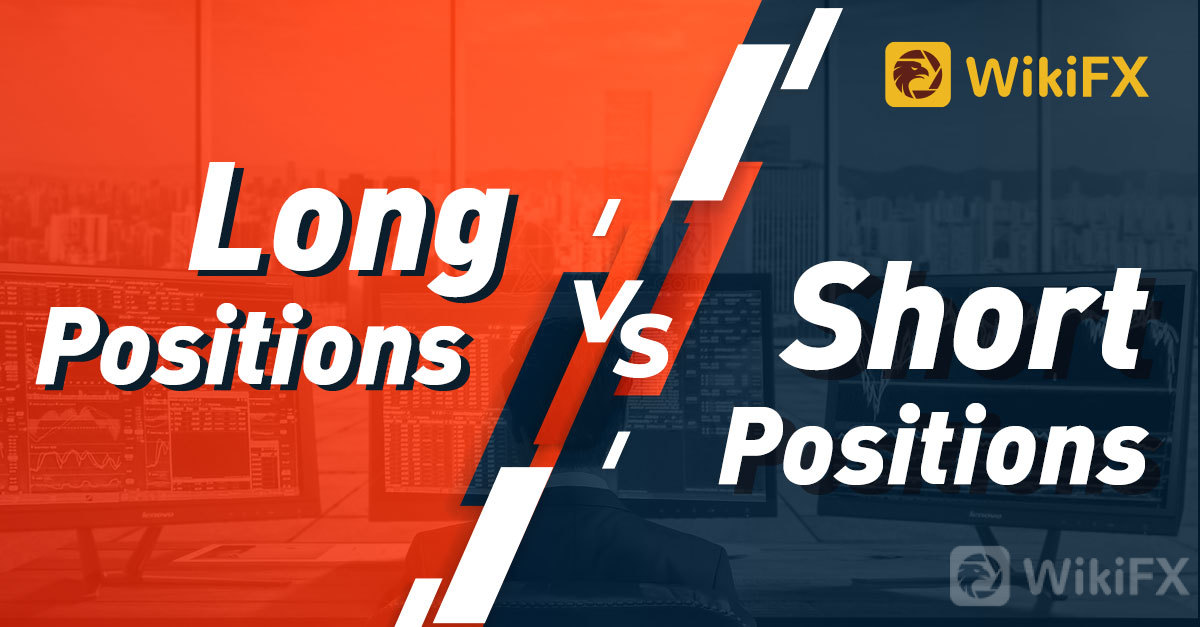
Long simply means to buy. When you‘re in a long trade you’re said to have a ‘long position’, which means that you have bought a security or in our case a currency pair. In this type of trade, we want the market to rise above the point where we went long (bought).
Short simply means to sell. When you‘re in a short trade you’re said to have a ‘short position’, which means you have sold a security or in our case a currency pair. In this type of trade, we want the market to fall below the point where we went short (sold).
When you go long (buy) forex currency pair youre buying the base currency (first currency in the pair) and selling the quote currency (second currency in the pair). If you buy EUR/USD, you are buying the Euro and selling the US Dollar. The opposite is true when you short (sell) a Forex currency pair. So, in the case of the EUR/USD you would sell the Euro and buy the US Dollar. Of course, all of this is transparent and happens in the blink of an eye
Order Types
Market Order
Just as the name implies, a market order is an order that is placed immediately at the ‘current market price’. Your broker will give you the best available current price when placing the order. A market order is guaranteed to be executed, however there‘s no guarantee on the price at which it’s executed.
A quick note about market orders. Due to the nature of market orders being placed at the ‘best available current price’, you should always double check the bid-ask spread before placing your order. Occasionally, especially during high-impact news events, the bid-ask spread can be quite large even for the major Forex currency pairs. Placing a market order during these conditions sometimes means that you will get ‘filled’ at a less-than-optimal price, putting your trade at a large loss before the market has had a chance to move.
Pending Orders
All the following long or short order types are called pending orders, meaning they are placed in advance with the belief that future price will react a certain way.
Limit Orders
A limit buy order is an order placed with a broker to buy a certain amount at a given price or better. The order is placed below price when you believe the market will come down to a level and then reverse higher.
A limit sell order is an order placed with a broker to sell a certain amount at a given price or better. The order is placed above price when you believe the market will come up to a level and then reverse lower.
Stop Orders
A Buy stop is an order placed with a broker to buy a certain amount when price surpasses a particular point. The order is placed above price at a point where you believe the market will continue to rise.
A Sell stop is an order placed with a broker to sell a certain amount when price surpasses a particular point. The order is placed below price at a point where you believe the market will continue to fall.
One thing to keep in mind about buy and sell stop orders, is that once price surpasses the predefined entry level, the stop order becomes a market order. Therefore, think of a stop order as a future market order. The difference being that you can place a stop order today that will only be executed at a future price level, whereas a market order placed today will execute immediately.
Stop Loss Order
The stop loss is an order that is associated with one of the entry orders we discussed above for the purpose of limiting your losses on any one trade. The stop loss order helps to take the emotion out of trading decisions, which is critical to your success as a trader. It makes it possible to walk away from your computer while in a trade and know that any losses will be limited to your predefined risk.
There is nothing worse than making an emotional decision to close a trade only to see it run 200 pips in what would have been your favour.
Trailing Stop
Think of the trailing stop order as a standard stop loss order, but instead of being fixed at a certain price, the trailing stop moves with the market. Let‘s assume you buy the EUR/USD at 1.3600 with a trailing stop at 50 pips. This means at the time the trade is executed your trailing stop is at 1.3550 (50 pips below 1.3600). Now let’s assume the market moves higher by 100 pips, so the EUR/USD is now at 1.3700 and your trailing stop is still 50 pips below the market at 1.3650. This means you have now locked in a profit of 50 pips. If the market has moves back down to 1.3600 your trailing stop will execute at 1.3650, giving you a profit of 50 pips.
Download WikiFX (bit.ly/wikifxIN) to get lessons from experts who have traded forex for over 20 years.
Leave a Reply